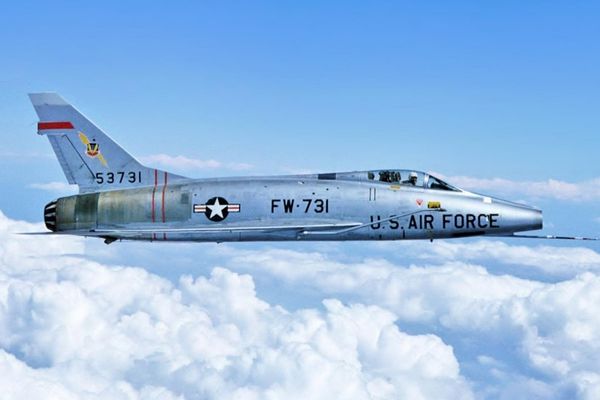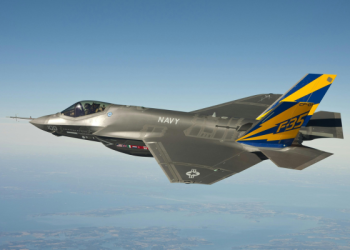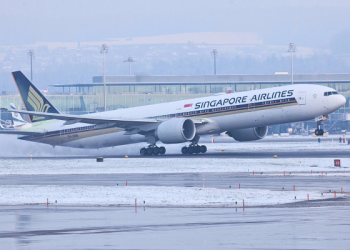The history of supersonic aircraft is a story of innovation, exploration, and speed. From the groundbreaking Bell X-1 to the Concorde, the world’s first commercial supersonic transport (SST) aircraft, these planes have pushed the limits of what is possible in aviation.
Supersonic aircraft are a type of aircraft that can travel faster than the speed of sound, which is approximately 767 mph (1234 km/h). They achieve these high speeds by using powerful engines and aerodynamic designs that minimize drag and increase lift
The Bell X-1, developed by the United States in the late 1940s, was the first aircraft to break the sound barrier, reaching a speed of 767 mph (1234 km/h). The Concorde, developed jointly by Britain and France in the 1960s, could fly at speeds of up to 1,350 mph (2,174 km/h) and cross the Atlantic Ocean in just over three hours. The Tupolev Tu-144 was the Soviet Union’s answer to the Concorde, with a top speed of around 1,400 mph (2,253 km/h) and the ability to carry up to 140 passengers.
But speed comes with a price. The sonic boom, caused by the shock waves created when an aircraft exceeds the speed of sound, can be heard on the ground as a loud explosion. To minimize the impact of these booms, supersonic aircraft are designed with specific features to reduce the amount of noise they produce, such as special materials and coatings that absorb radar waves and suppress engine noise.
Despite these efforts, supersonic aircraft have faced challenges. The Concorde, once a symbol of luxury travel, was retired from service in 2003 due to rising maintenance costs and declining demand. It was the last supersonic transport aircraft to be operated commercially.
But supersonic aircraft continue to be developed for military and research purposes. The Lockheed SR-71 Blackbird, a long-range strategic reconnaissance aircraft developed by the United States in the 1960s, had a top speed of over 2,200 mph (3,540 km/h) and could fly at altitudes of over 85,000 feet (25,900 meters). The NASA X-15, a hypersonic research aircraft developed in the 1950s and 1960s, was capable of reaching speeds of up to 4,500 mph (7,242 km/h) and altitudes of over 100,000 feet (30,480 meters).
Supersonic fighter aircraft such as the F-16 Fighting Falcon, developed by the United States in the 1970s, and the F-22 Raptor, a fifth-generation supersonic stealth fighter aircraft developed in the 1990s, have been used by a number of countries around the world. The MiG-25 “Foxbat,” a supersonic interceptor and reconnaissance aircraft developed by the Soviet Union in the 1960s, had a top speed of over 2,100 mph (3,380 km/h) and was equipped with air-to-air missiles for long-range engagement of enemy aircraft.
And while the proposed XB-70 Valkyrie, a supersonic bomber developed by the United States in the 1950s, never made it into production, its design, and capabilities remain a testament to the potential of supersonic aircraft.
Supersonic aircraft have shaped the course of aviation history, paving the way for faster, more advanced aircraft. Whether they are used for military, research, or commercial purposes, their legacy will continue to inspire future generations of engineers and aviation enthusiasts.
They are capable of covering long distances in a shorter amount of time, making them ideal for commercial air travel, military operations, and scientific research. However, their high speeds also create unique challenges, such as the production of sonic booms and the need for specialized materials and designs to minimize noise and radar signatures.
Read more on Ride of the Day: Airbus A321neo





![An Airbus A320neo takes off for its first test flight [File AP]](https://autojournal.africa/wp-content/uploads/2025/12/An-Airbus-A320neo-takes-off-for-its-first-test-flight-File-AP-350x250.png)

![regional air travel in UK [Source Manufacturing Outlook]](https://autojournal.africa/wp-content/uploads/2025/11/regional-air-travel-in-UK-Source-Manufacturing-Outlook-350x250.png)
![Blue Island airlines [Source The Independent]](https://autojournal.africa/wp-content/uploads/2025/11/Blue-Island-airlines-Source-The-Independent-350x250.png)

![Air crashes in 2025 [source The New York Times]](https://autojournal.africa/wp-content/uploads/2025/11/air-crashes-in-2025-source-The-New-York-Times-350x250.png)










